Plastic Polymers
In plastics: All Around You
Plastics are synthetic polymeric materials derived from petroleum and other natural resources. Its current and factual importance lies in its versatility and wide use in a variety of applications, from packaging and consumer products to industrial and technology components. Plastics are appreciated for their durability, lightness and ease of molding, which makes them indispensable in the manufacture of a wide range of products. They have the ability to be molded by heat and/or pressure, and are used to manufacture various plastic materials with different properties and applications for everyday and universal use in contemporary society.
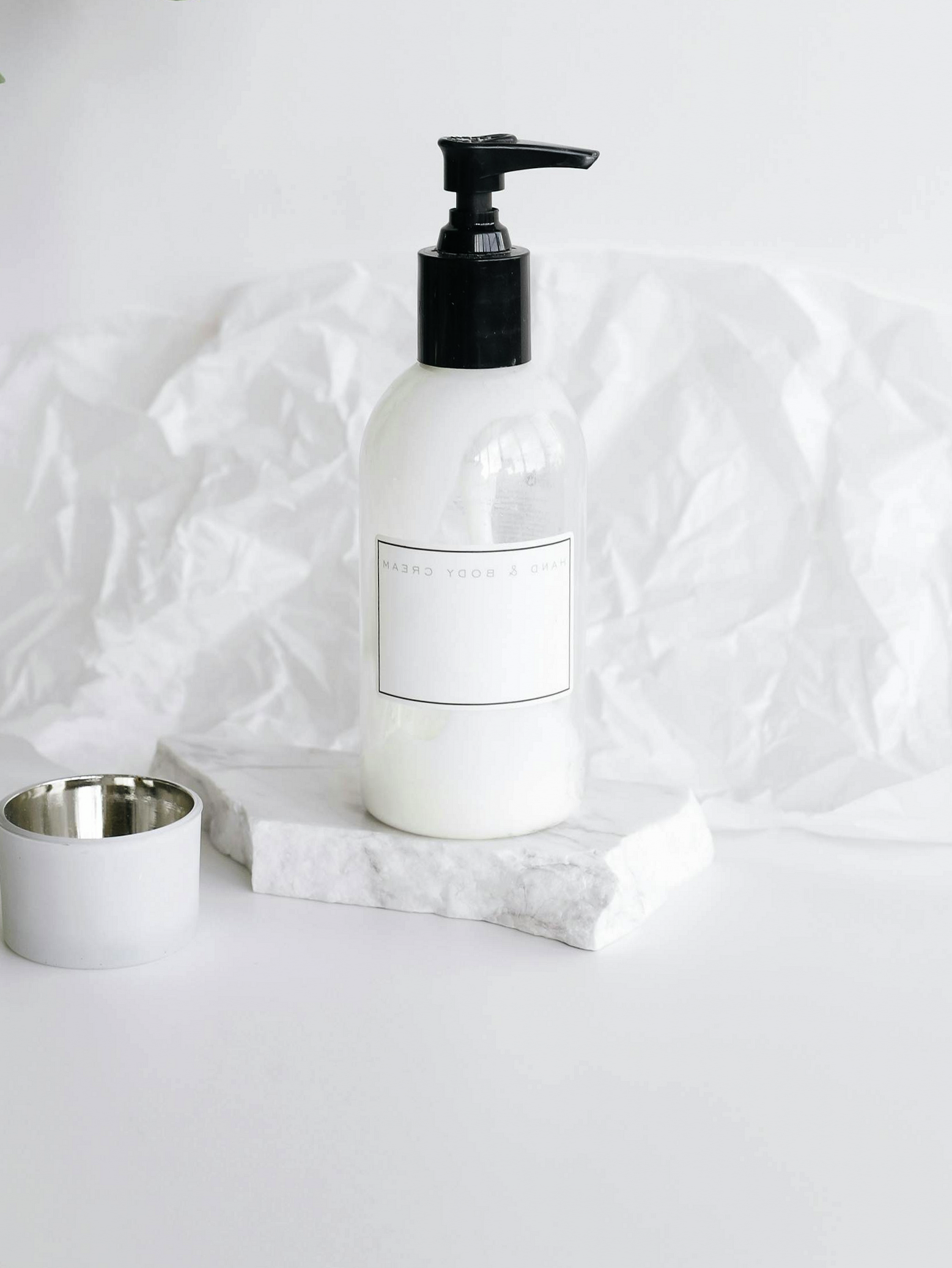
High Density Polyethylene✶ known as HDPE, is a plastic polymer widely used and valued in various industries. Its importance lies in its versatility and durability. This type of plastic is known for its resistance to chemicals, impact and abrasion, making it a popular choice for applications requiring robust and reliable materials. In addition, HDPE is recognized for being recyclable, which contributes to environmental sustainability. Its ability to resist adverse conditions, such as moisture and corrosion, makes it a valuable material for products that need to maintain their structural integrity over time.
CAS: 9002-88-4
HS Code: 39012000
Brands: Barouge, Dow, ExxonMobil, LyondellBasell, Marlex, Qapco, SAABIC
➤ Borouge HDPE
🗸 BB2588
🗸 BB2581
🗸 FB5600
🗸 HE1490
🗸 HE3408
🗸 HE3466
➤ DOW HDPE
🗸 KT 10100 UE
🗸 KT 10000 UE
🗸 08454N
🗸 17450N
🗸 25055
➤ ExxonMobil HDPE
🗸 HD 6706 Series
🗸 HD 6714.17
🗸 HD 6719 Series
🗸 HD 6733.17
🗸 HD 6908 Series
🗸 HD 7506.08
🗸 HD 7800P
🗸 HD 7845.30
🗸 HD 7957.04
🗸 HD 7960.13
🗸 HD 8512 Series
🗸 HD 8570 Series
🗸 HD 8660 Series
🗸 HD 8760 Series
🗸 HD 9830.02
🗸 HD 9856B
➤ LyondellBasell HDPE
✸ Blow Molding
⦁ 4261 A
⦁ 5021 D
⦁ 5261 Z
✸ Injection Molding
⦁ 5031 L
⦁ 6031 M
✸ Impact Grade
⦁ 5231 HX
⦁ 5236 HX
➤ Marlex HDPE
✸ Blow Molding
🗸 9503H
🗸 9503HF
🗸 9505H
🗸 9512H
🗸 9513H
🗸 9514H
🗸 9515H
🗸 C513UV
🗸 EHM 6004
🗸 EHM 6007
🗸 HHM 4903
🗸 HHM 5202BN
🗸 HHM 5202-01st
🗸 HHM 5502BN
🗸 HHM 5502BZ
🗸 HHM 5502LD
🗸 HHM 5502LW
🗸 HXB TR-512
🗸 HXM 50100
🗸 HXM 50100-01
🗸 HXM TR-571
✸ Injection Molding
🗸 9004
🗸 9005
🗸 9010
🗸 9010C
🗸 9012
🗸 9018
🗸 9035
🗸 9708
🗸 HMN 6060
🗸 HMN 6060UV
✸ Pipe and Corrugated Extrusion
🗸 9332
🗸 HXB TR-494
🗸 TRB-432
🗸 TRB-437LS
🗸 TRB-490
✸ Rotational Molding
🗸 TR-942
🗸 TR-490
✸ Sheet Extrusion
🗸K606
🗸HHM 5502-01st
🗸HXM 50100
✸ Blow Film
🗸9656
🗸9659
🗸TRB-115
🗸TR-144
✸ Cast Film
🗸9607
🗸9608XD
✸ Extrusion Coating and Lamination
🗸9608XD
➤ Qapco HDPE
✸ Lotrene HDPE
🗸TR 144
🗸TR 571
🗸TR 131
🗸TR 400
🗸5502BN
🗸5202BN
🗸50100
🗸K307
🗸3802
➤ SAABIC HDPE
✸ Blow Molding
🗸B1054
✸ Injection Molding
🗸CC027C
✸ Blow Film
🗸F00851
✸ Film Grade
🗸F04660
🗸F0863
✸ Extrussion Applications
🗸GF1442
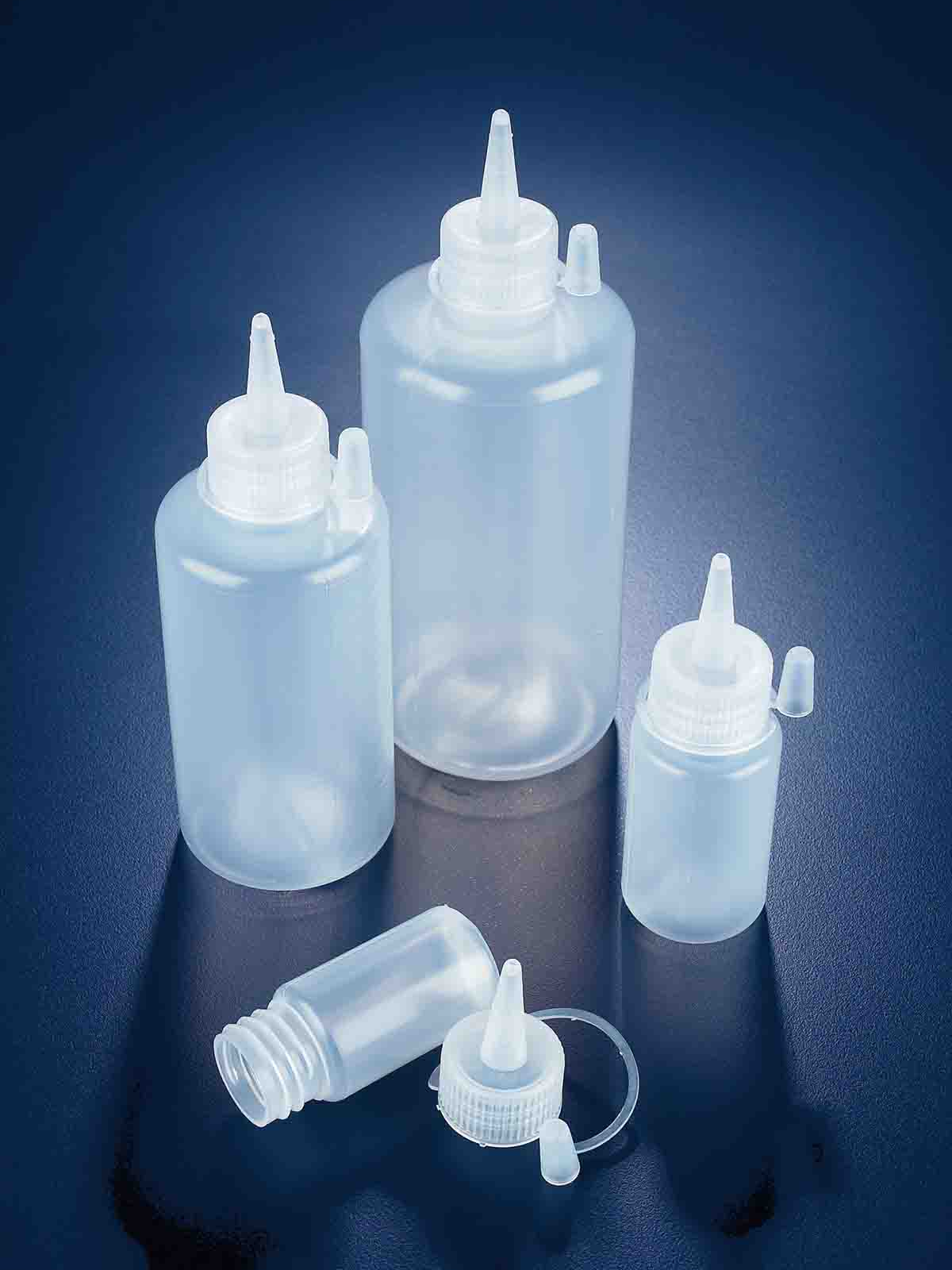
✮Low Density Polyethylene, or LDPE for short, is another key plastic polymer in a variety of applications. This material is noted for its flexibility and malleability, making it ideal for a wide range of products. LDPE is commonly used in flexible packaging, plastic bags, protective films and toys, among other products. Its versatility is due to its ability to easily adapt and conform to different shapes, making it a popular choice when looking for a lightweight, easy-to-handle plastic. In addition, LDPE is known for its resistance to water and chemicals, making it suitable for applications where a protective barrier is required.
Under development✶ , Completion Date: February 2024
✮Linear Low Density Polyethylene, or LLDPE for short, is another type of plastic polymer that shares some characteristics with LDPE but with enhanced properties. Like LDPE, LLDPE is known for its flexibility and impact resistance. What distinguishes LLDPE is its higher tensile strength, which makes it more suitable for applications where higher mechanical strength is required. This type of polyethylene is commonly used in stretch films, flexible packaging, coatings and industrial applications that demand a combination of flexibility and strength.
Under development✶ , Completion Date: February 2024
★Polypropylene, known as PP, is another widely used plastic polymer with diverse applications. This material is prized for its versatility and resistance to moisture, chemicals and heat. PP is commonly used in a variety of products, from packaging to textiles to automotive components. One of the outstanding characteristics of PP is its ability to withstand high temperatures, which makes it suitable for applications requiring thermal stability. In addition, polypropylene is lightweight but robust, which facilitates its use in products that must be durable but not too heavy.
Under development✶ , Completion Date: February 2024
★Polyethylene Terephthalate, known as PET, is a widely used plastic polymer known for its transparency, lightness and strength. This material is commonly used in the manufacture of food and beverage packaging, as well as in the production of textile fibers. What makes PET so popular is its ability to be molded into various shapes and its resistance to moisture and gases. Water bottles, soft drinks and food containers are common examples of products made from PET. In addition, PET is recyclable, making it a sustainable option for packaging.
Under development✶ , Completion Date: February 2024
★Polyvinyl Chloride, known as PVC, is a versatile plastic polymer used in a wide variety of applications. One of PVC's notable characteristics is its durability and corrosion resistance, making it ideal for applications involving contact with water, chemicals and harsh weather conditions. PVC is commonly used in the manufacture of pipes and fittings for potable water and sanitation systems. In addition, this material is widely used in construction for the manufacture of profiles, panels and cladding due to its strength and versatility. It is also found in everyday products such as toys, footwear and decorative items.
Under development✶ , Completion Date: February 2024
★ Vinyl Acetate, known as EVA, is a thermoplastic copolymer that combines properties of flexibility, elasticity and strength. This material is known for its softness and ability to regain its original shape after deformation, making it ideal for applications requiring cushioning and comfort. EVA is commonly used in the manufacture of products such as shoe soles, exercise mats, toys, and packaging. Its flexibility and moisture resistance also make it useful in applications ranging from the sports industry to the manufacture of household products.
Under development✶ , Completion Date: February 2024
★Acrylonitrile Butadiene Styrene, known as ABS, is a widely used thermoplastic polymer that combines the properties of three monomers: acrylonitrile, butadiene and styrene. This material is known for its strength, stiffness, and toughness, making it versatile for a variety of applications. ABS is commonly used in the manufacture of durable and strong plastic parts, such as appliance housings, toys, automotive parts, and electronic products. In addition, it is easy to mold and has good impact resistance, making it suitable for applications requiring durability and dimensional stability.
Under development✶ , Completion Date: February 2024
★Polycarbonate, known as PC, is a tough, transparent thermoplastic that is noted for its optical clarity and durability. This material is known for its impact resistance, high temperature and self-repairing properties. In addition to its transparency, PC is UV resistant, making it suitable for outdoor applications. PC is used in a variety of applications, from the manufacture of eyeglass lenses to the production of electronic device housings, polycarbonate windows and lighting components. Its combination of properties makes it suitable for situations where mechanical strength and transparency are required.
Under development✶ , Completion Date: February 2024
★Polystyrene, known as PS, is another commonly used thermoplastic polymer. This material is known for being lightweight, rigid and economical. There are two main forms of polystyrene: glass (PSC) and high impact polystyrene (HIPS). Crystal PS is transparent and is commonly used in the manufacture of disposable containers, cups, plates and utensils. On the other hand, HIPS is a high-impact variant that is used when higher impact resistance is required, such as in the manufacture of toys, electronics housings and some packaging.
Under development✶ , Completion Date: February 2024
★Polyoxymethylene, known as POM or acetal, is a thermoplastic polymer with exceptional mechanical properties. This material is known for its high strength, stiffness and low friction, making it suitable for applications requiring precision parts and low friction. POM is commonly used in the manufacture of engineering parts, such as gears, bearings, and machinery parts. Its wear resistance, dimensional stability and ability to operate in high humidity environments make it valuable in industrial and automotive applications.
Under development✶ , Completion Date: February 2024
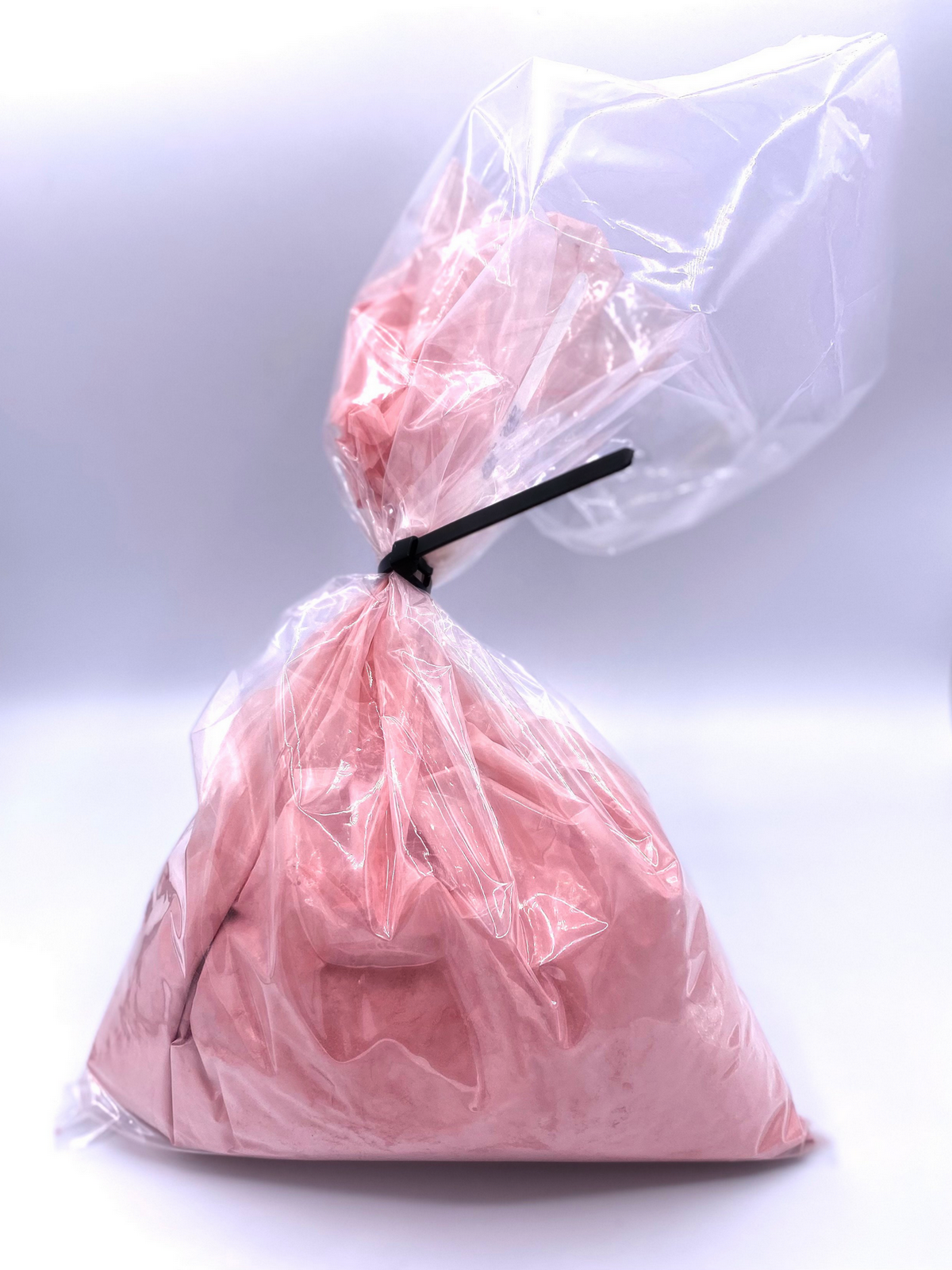
✸ Polyvinyl Alcohol
✷ Poly(vinyl alcohol)
✷ PVA
✷ Vinyl alcohol, polymers
CAS: 9002-89-5
HS Code: 39053000
Under development✶ , Completion Date: February 2024
✮ Oxide-Propylene Oxide Copolymer
CAS: 9003-11-6
Under development✶ , Completion Date: February 2024
★
Under development✶ , Completion Date: February 2024
★
Under development✶ , Completion Date: February 2024
★
Under development✶ , Completion Date: February 2024
★
Under development✶ , Completion Date: February 2024
★
Under development✶ , Completion Date: February 2024
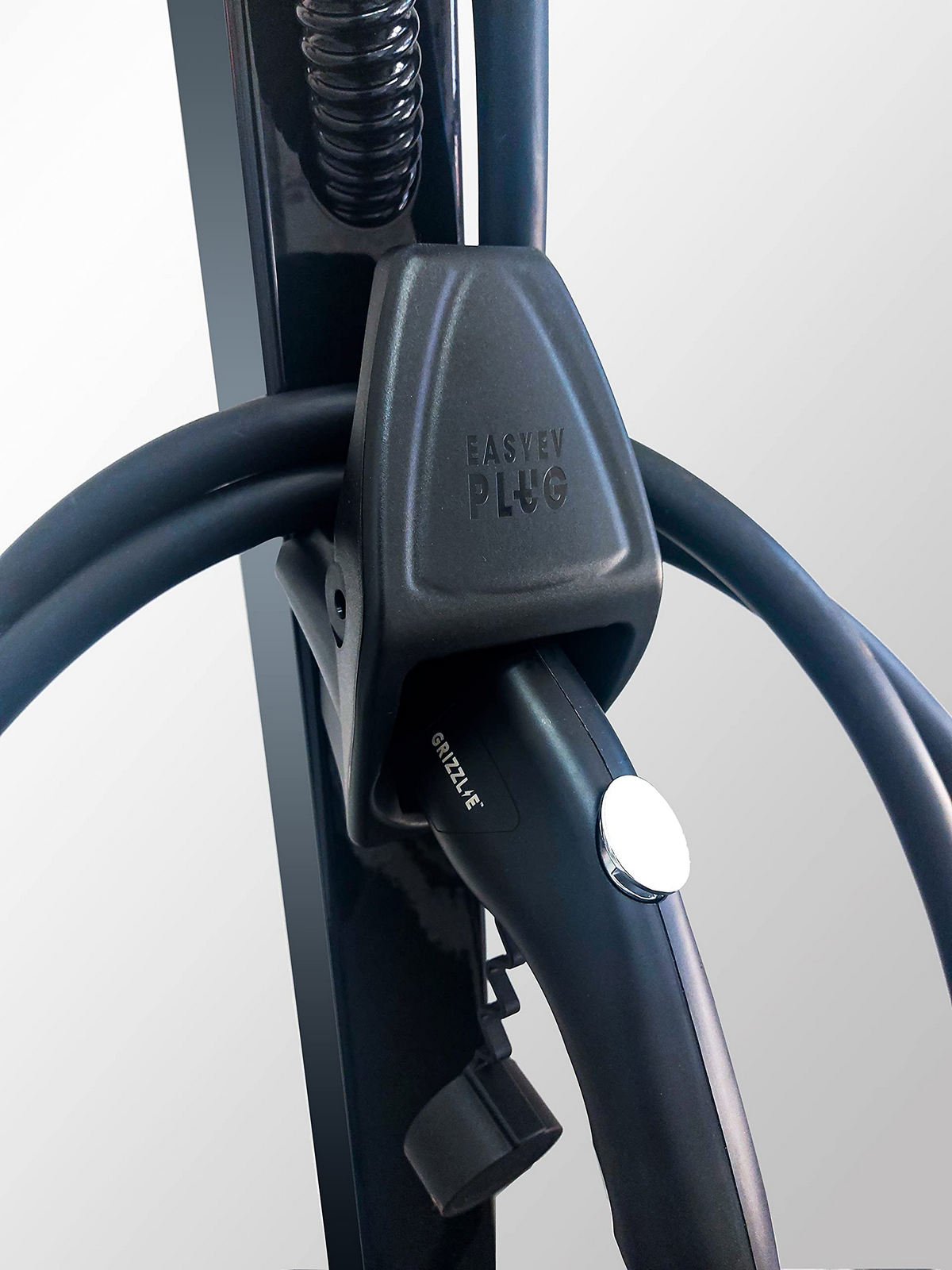
✮Engineering plastics, often referred to as high-performance plastics, constitute a specialized category of polymers meticulously formulated to showcase exceptional mechanical, thermal, and chemical attributes, catering to the rigorous demands of various engineering applications. Distinguished by their superior performance under challenging conditions, these materials are meticulously engineered to strike a delicate balance between strength, toughness, and resistance to wear, heat, and corrosive substances. Notable examples encompass polyamide (commonly known as nylon), polyketone (POK), polyethylene terephthalate (PET), and polycarbonate, each prized for its unique set of properties. These engineering plastics find widespread use in critical industries such as automotive, aerospace, and electronics, where their outstanding performance characteristics and adaptability contribute significantly to the overall efficiency and reliability of diverse systems and components. The continuous development and innovation in the field of engineering plastics underscore their pivotal role in pushing the boundaries of material science for advanced technological applications.
Under development✶ , Completion Date: February 2024
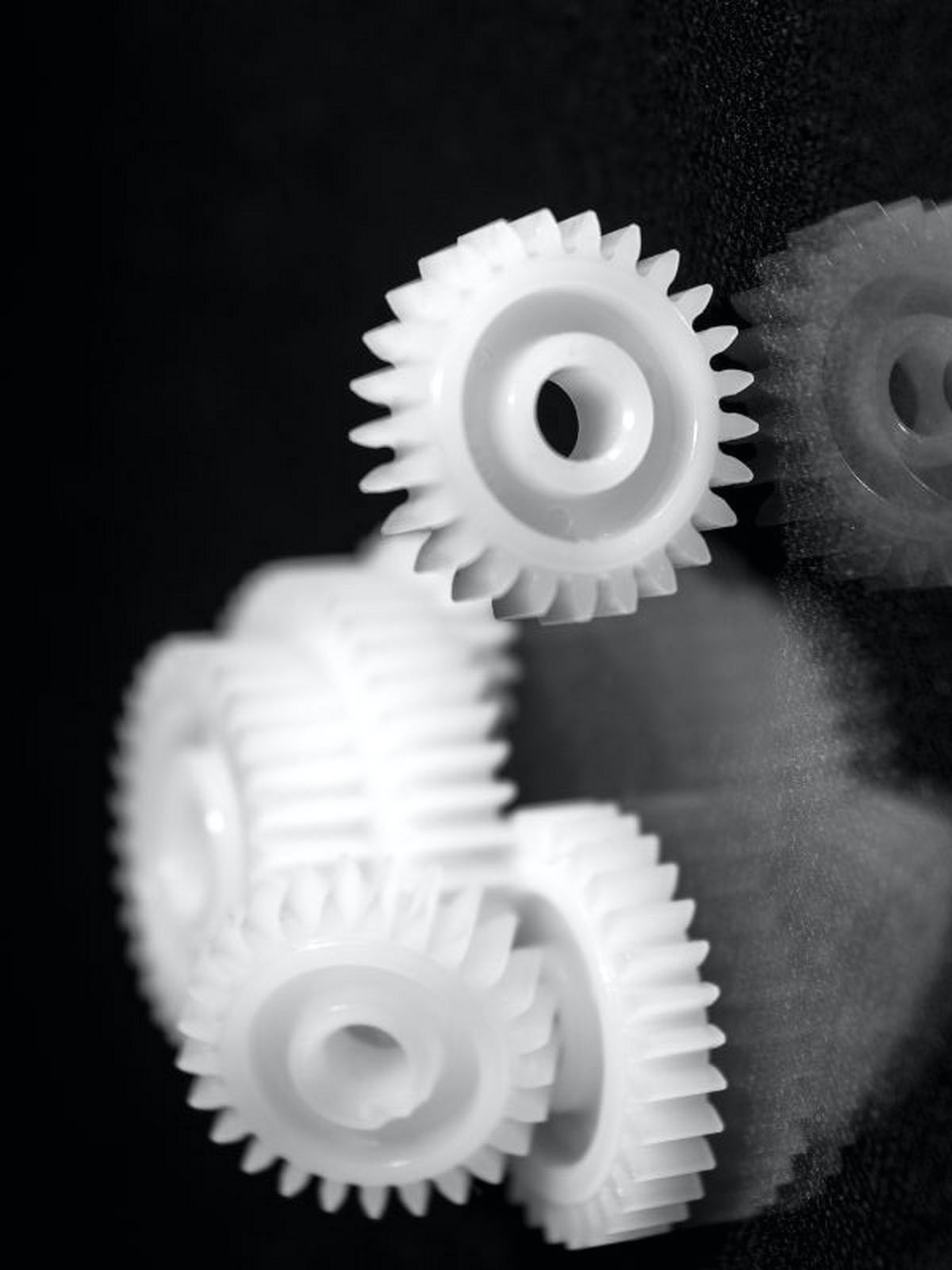
Polyketones✶ are a family of high-performance thermoplastic polymers.
CAS: 88995-51-1
CAS Name: 1-Propene, polymer with carbon monoxide and ethene
HS Code: 39119000
Brand: Hyosung
➤ Hyosung Poketone®
🗸 M333AG2T
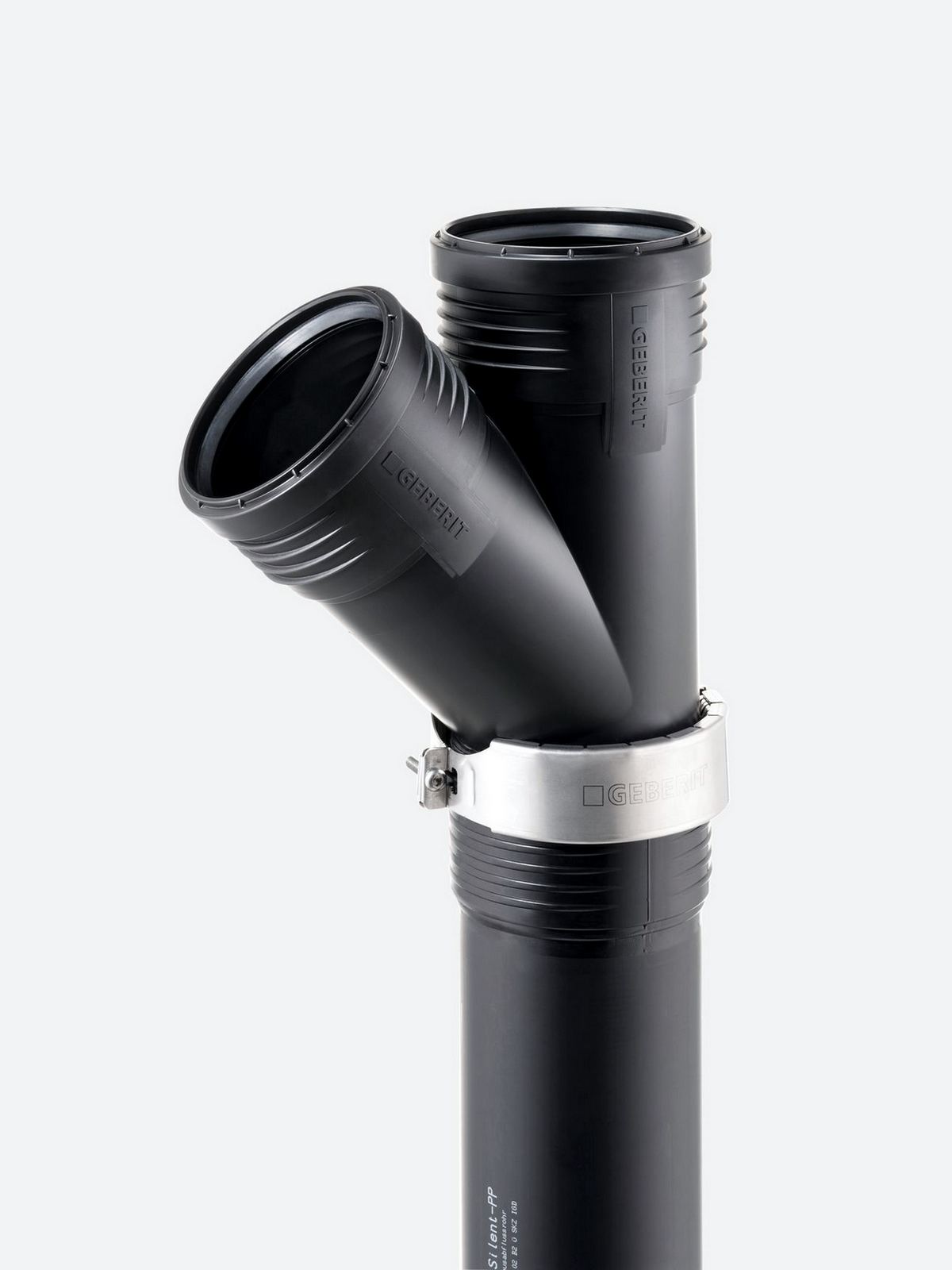
Random copolymers✶ are created by adding ethylene to propylene during the polymerization process. This random inclusion of ethylene into the homopolymer matrix during polymerization produces PP resins that have excellent transparency and gloss, lower stiffness compared to PP homopolymers, but higher impact properties at room temperature.
CAS: 9003-07-0
CAS Name: 1-Propene, homopolymer
HS Code: 39119000
Brand: Hyosung
➤ Hyosung Topilene®
🗸 R2000P
🗸
Plastics supplied
Polyacetals and Polycarbonates. Epoxy and Alkyd Resins
-
Polyoxymethylene
Describe the item or answer the question so that site visitors who are interested get more information. You can emphasize this text with bullets, italics or bold, and add links. -
Propenenitrile, Polymer with Ethenylbenzene-Methyloxyran-Oxirane
Describe the item or answer the question so that site visitors who are interested get more information. You can emphasize this text with bullets, italics or bold, and add links. -
Poly (Ethylene Terephthalate)
Describe the item or answer the question so that site visitors who are interested get more information. You can emphasize this text with bullets, italics or bold, and add links.
Polyethers
-
Polyether Polyols [PP Polyols]
Describe the item or answer the question so that site visitors who are interested get more information. You can emphasize this text with bullets, italics or bold, and add links. -
Polyether Polymeric Polyols [POP Polyols]
Describe the item or answer the question so that site visitors who are interested get more information. You can emphasize this text with bullets, italics or bold, and add links. -
Polyol Catalog [more than 100 different types]
- Polyols for all possible applications Display the On-Screen Catalog.
Amine and Phenolic Resins; Polyurethanes
-
Diphenylmethane Diisocyanate Polymer [MDI Polymer]
Describe the item or answer the question so that site visitors who are interested get more information. You can emphasize this text with bullets, italics or bold, and add links. -
Polymethylene Polyphenyl Polyisocyanate [PAPI]
Describe the item or answer the question so that site visitors who are interested get more information. You can emphasize this text with bullets, italics or bold, and add links. -
Polyurethane Dispersions (PUDs) [55 Different Types, Top of the Range, for High Tech]
- Automotive Coatings Architectural Coatings Coatings on Metals Coatings on Polymers 16 different types available, covering all needs.
-
Polyurethane Dispersions (PUDs) [15 Different Types, Industrial Range, Customizable Specifications]
- ► Request reports on this product.
-
Special Catalog: Polyurethane Sprays ¨PUDs]
- Go to the Special Catalog of Polyurethane Dispersions.
Silicones in Primary Forms
-
Octamethylcyclotetrasiloxane [Silicone Polyether Surfactant for Polyurethane.]
- Primary Component CAS Number: 556-67-2
-
Dimethylsilyloxysilane [Silicone Polyether Surfactant for Polyurethane.]
- Primary Component CAS Number: 3277-26-7
-
Catalog of Silicone Polyether Surfactants for Polyurethane.
- Surfactants or surfactants are chemicals that are preferentially absorbed at interfaces present in a particle system. The actual chemical structure of a surfactant that is optimal for a given particle system depends on the nature of the continuous phase, the nature of the system interfaces, and the conditions of use. Surfactants significantly reduce surface tension or free energy between phases.Silicone Polyether Surfactants for Polyurethane.
Synthetic rubber
-
Styrene-Butadiene Rubber [SBR]
- CAS number: 9003-55-8
-
Styrene-Butadiene Rubber [High Tech Recycled Specialty, ASTM Grade]
- CAS number: 9003-55-8
-
Polybutadiene rubber
- Némero CAS: 9003-17-2
-
Caucho Poli (Isobuteno-Isopropeno)
Describe the item or answer the question so that site visitors who are interested get more information. You can emphasize this text with bullets, italics or bold, and add links. -
Chloroprene rubber
Describe the item or answer the question so that site visitors who are interested get more information. You can emphasize this text with bullets, italics or bold, and add links. -
Carboxylated Butadiene-Acrylonitrile Rubber [XNBR]
Describe the item or answer the question so that site visitors who are interested get more information. You can emphasize this text with bullets, italics or bold, and add links. -
Isopropene Rubber
Describe the item or answer the question so that site visitors who are interested get more information. You can emphasize this text with bullets, italics or bold, and add links. -
Ethylene-Propylene-Diene Rubber [EPDM]
Describe the item or answer the question so that site visitors who are interested get more information. You can emphasize this text with bullets, italics or bold, and add links.








